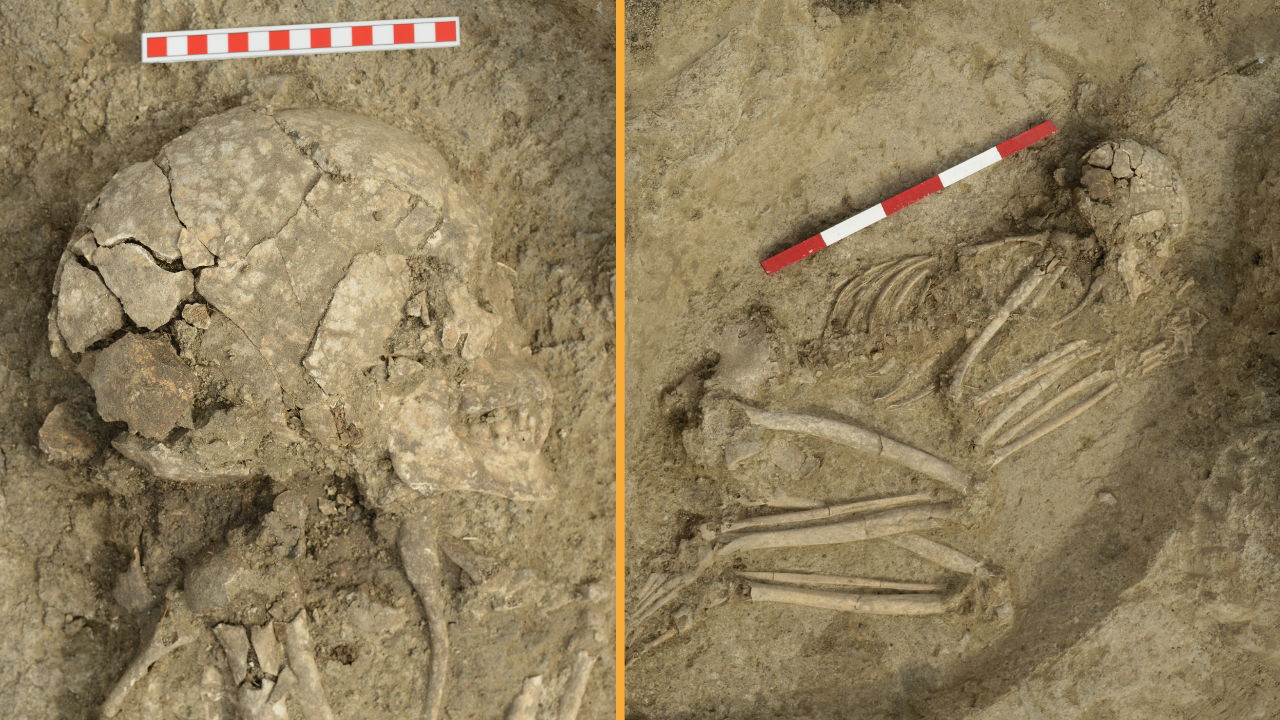Laser-Armed Cameras Can 'See' Around Corners

With the help of lasers, cameras can track moving objects hidden around corners, scientists say. The finding could one day help vehicles see around blind corners to avoid collisions, researchers added.
Laser scanners are now regularly used to capture 3D images of items. The scanners bounce pulses of light off targets, and because light travels at a constant speed, the devices can measure the amount of time it takes for the pulses to return. This measurement reveals how far the light pulses have traveled, which can be used to recreate what the objects look like in three dimensions.
Prior research suggested that lasers could help locate items hidden around corners by firing light pulses at surfaces near the objects. These surfaces can act like mirrors, scattering the light onto any obscured targets. By analyzing the light that is reflected off the objects and other surfaces back to the scanner, researchers can reconstruct the shapes of the items — for instance, an 8-inch-tall (20 centimeters) mannequin. [Science Fact or Fiction? The Plausibility of 10 Sci-Fi Concepts]
"The ability to see behind a wall is rather remarkable," said the study's senior author Daniele Faccio, a physicist at Heriot-Watt University in Edinburgh, Scotland.
One potential application of this research is a system that helps cars see around bends to avoid collisions. "If the other vehicle or person is arriving too fast, implying that there could be a collision, then the system could feed this information to the car, which could then autonomously decide to slow down," Faccio told Live Science.
However, one of the weaknesses of previous research was the length of time it took to reconstruct the image of an object. This prevented researchers from being able to use this method to track moving items in real time.
Now, researchers have found a way to see moving objects hidden behind corners in just seconds instead of hours.
Get the world’s most fascinating discoveries delivered straight to your inbox.
The new system is made up of a laser and a camera. The laser used was extraordinarily fast, capable of firing 67 million pulses per second, with each pulse lasting just 10 femtoseconds. (A femtosecond is one-millionth of one-billionth of a second.) The camera was sensitive enough to detect single photons, or packets of light, and was fast enough to capture photons every 50 picoseconds. (A picosecond is one-millionth of one-millionth of a second.)
In experiments, the scientists fired laser pulses onto a white cardboard floor just in front of a black cardboard corner. This light reflected onto a hidden object, a foam statue of a human measuring 11.8 inches (30 centimeters) high.
Because of the camera's speed and sensitivity, after only 3 seconds of capturing data on the hidden objects, it was able to locate objects hidden behind a corner with up to 0.4 inches (1 cm) of precision. The scientists could reliably track an item located about 3 feet (1 meter) from the camera while the item moved about 1.1 inches (2.8 cm) per second.
The scientists cautioned that they cannot use this method yet to generate 3D images of the objects the camera detects. Faccio said that future research could improve the system by helping it see in full 3D, as well as by making it detect images hundreds of feet away and faster than the 3 seconds it now takes.
"Extending the detection distance — for example, up to hundreds of meters — is a great challenge, but we are confident that as the technology gets better and better, this will become possible," Faccio said. "It is clear that now we need better cameras, and these are indeed under development as we speak."
Faccio, along with study lead author and doctoral student Genevieve Gariepy at Heriot-Watt University and their colleagues, detailed their findings online Dec. 7 in the journal Nature Photonics.
Follow Live Science @livescience, Facebook & Google+. Original article on Live Science.



